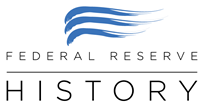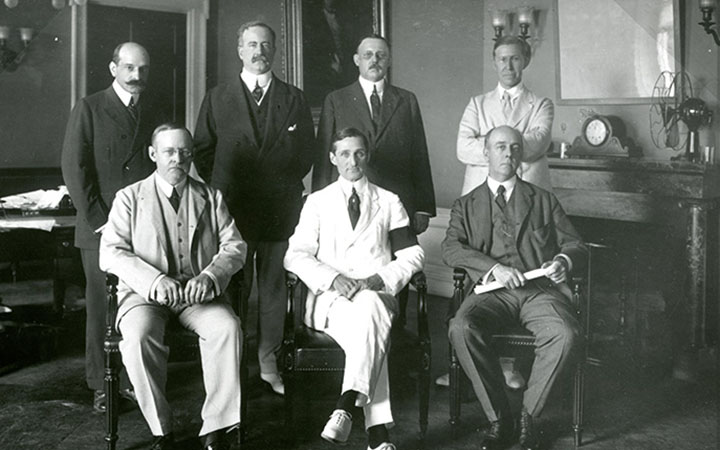
After the Federal Reserve Act was signed in 1913, the Federal Reserve came into its own in the two decades that followed.
Read on
Read on
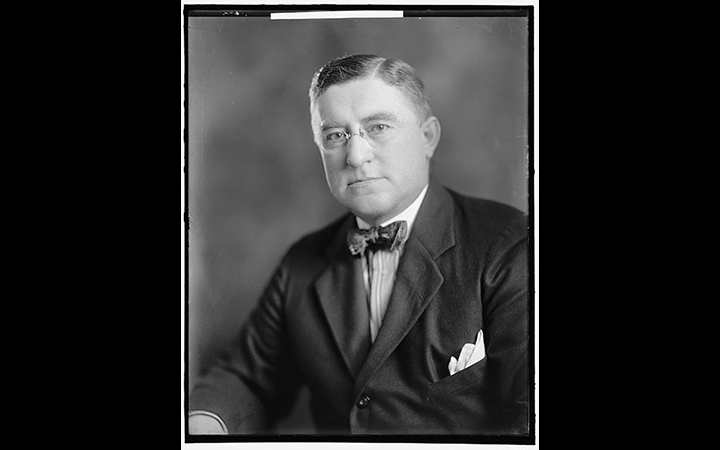
McFadden Act
The Fed's success led to this legislation in 1927, which rechartered the Federal Reserve Banks in perpetuity among other items

Liberty Bonds
The Treasury and the Fed worked together to finance World War I
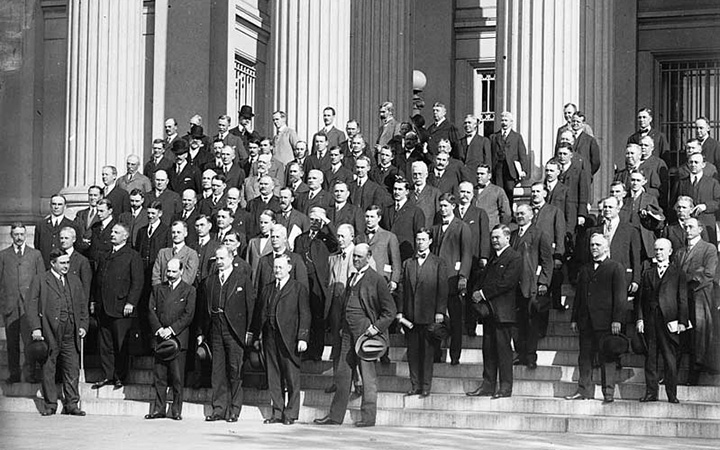
Reserve Banks Open
The twelve Federal Reserve Banks opened for business in November 1914
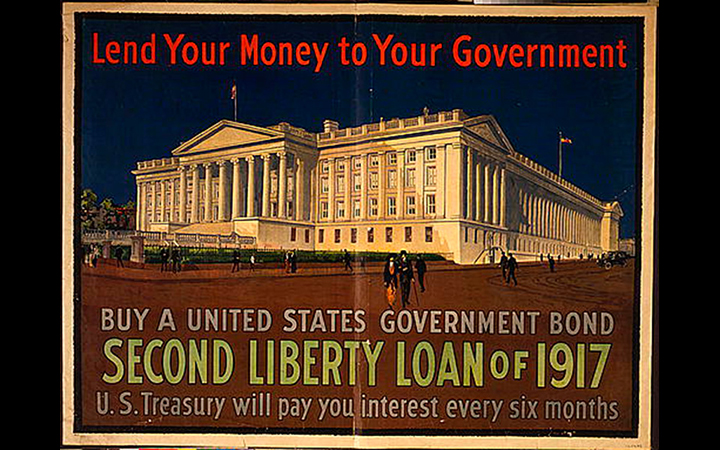
Fed's Role During WWI
World War I was the first test of the nation's new central bank
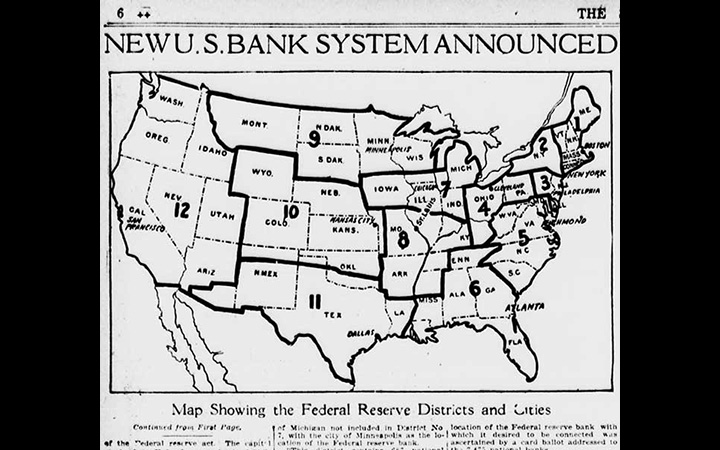
Reserve Bank Organization Committee
The RBOC announced the location and district boundaries of the Reserve Banks in April 1914
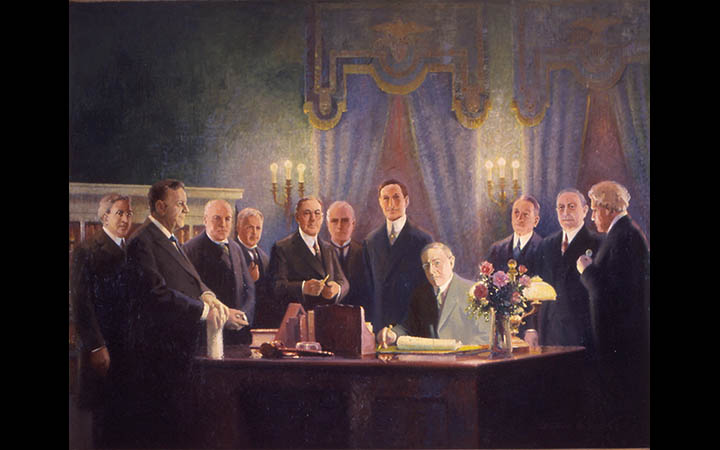
Federal Reserve Act Signed
The Federal Reserve Act became law in December 1913, culminating three years of debate
